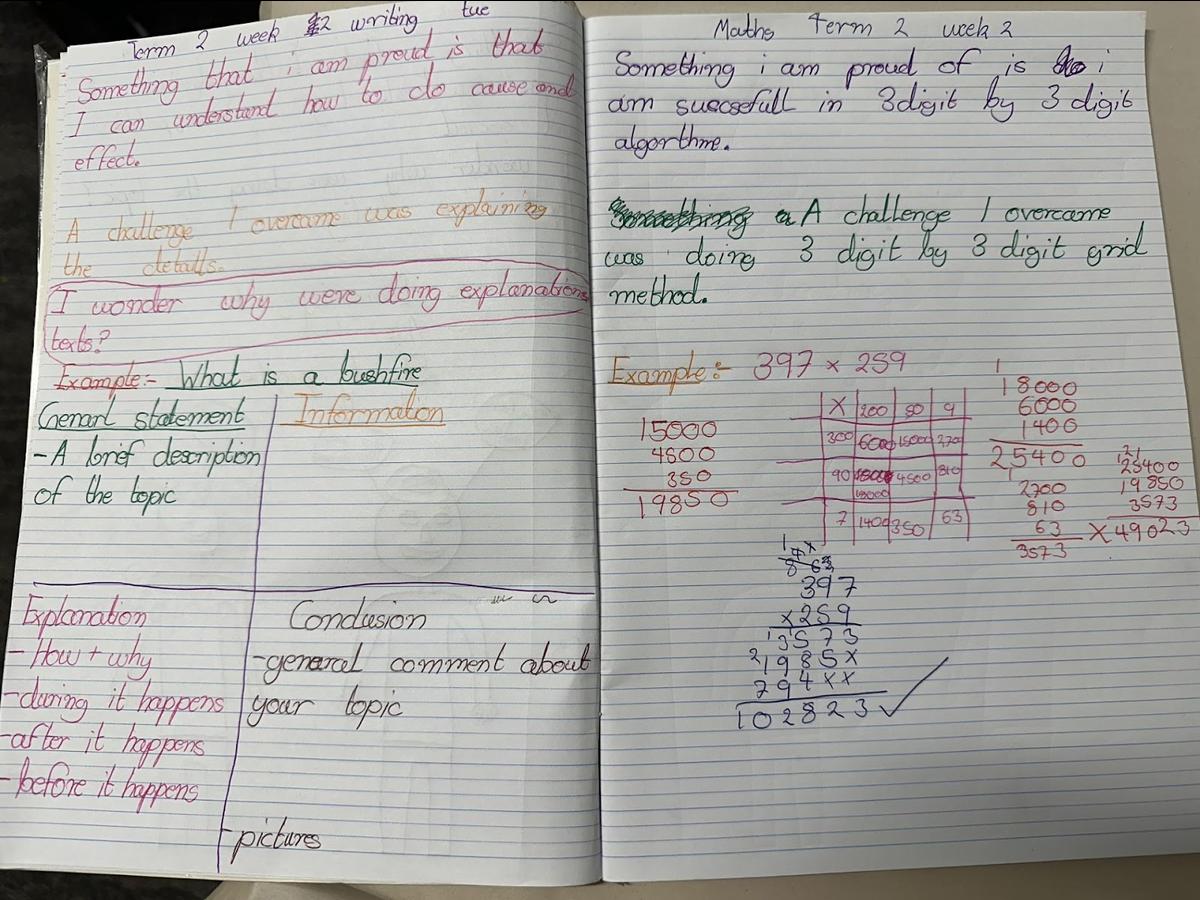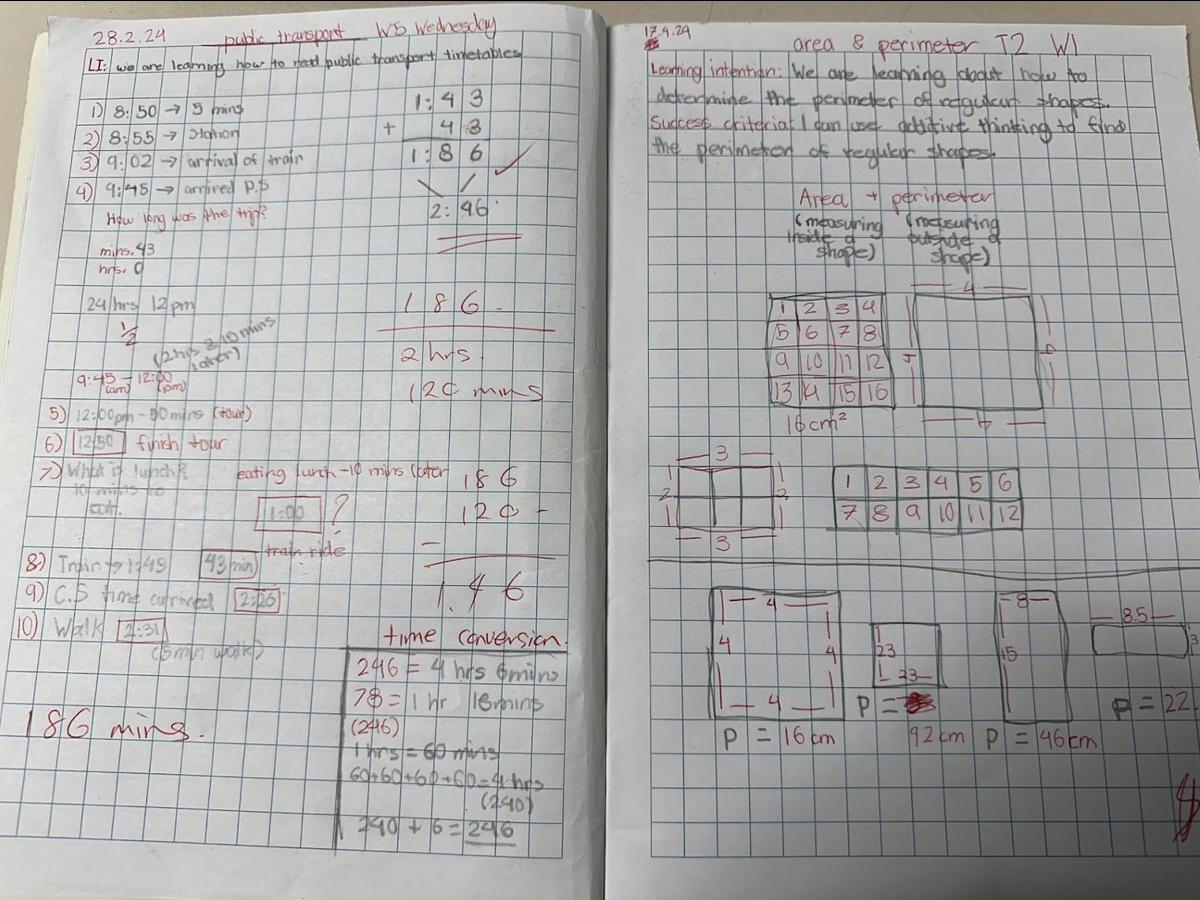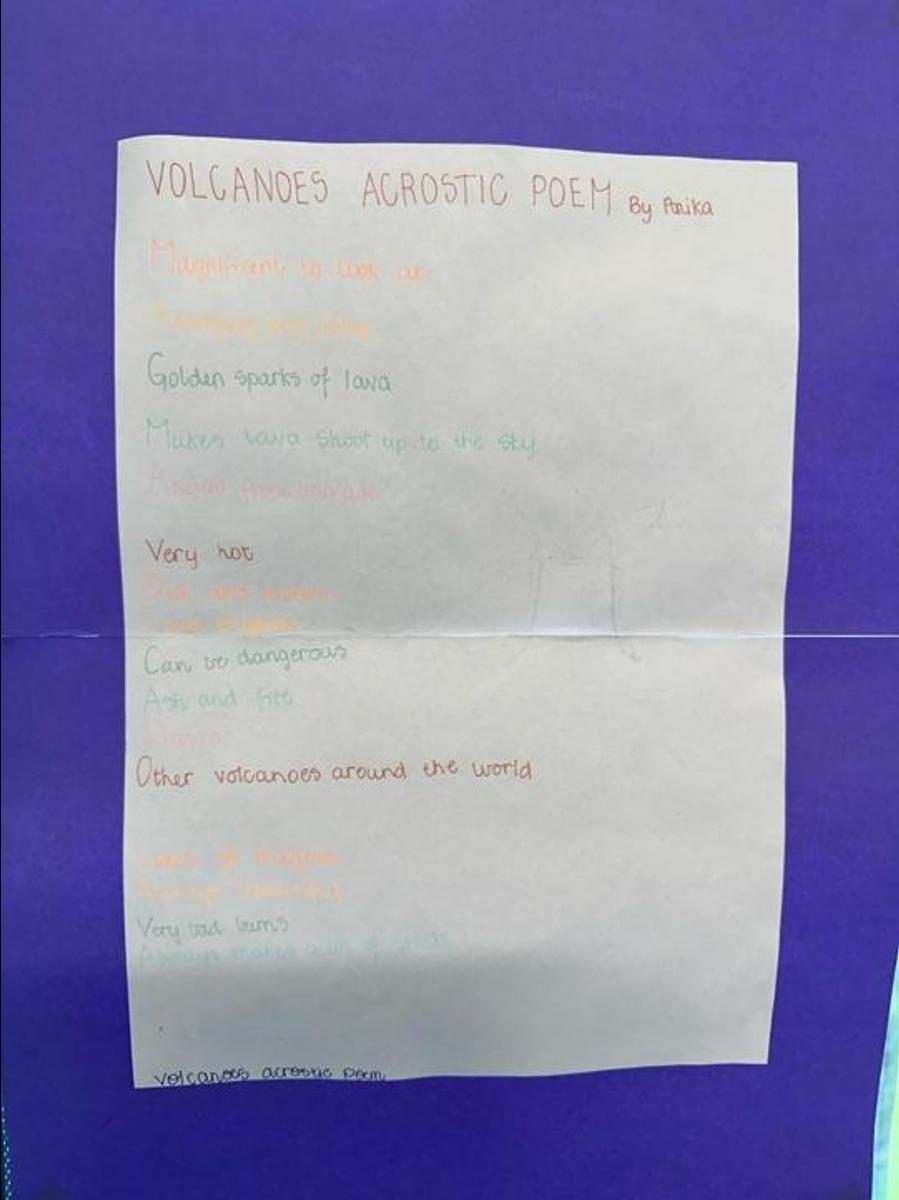Monarch Community Report

2024 – Newsletter – Monarch Community.
Reading:
When discussing “point of view” in the context for our Aitken Hill students, it refers to the perspective from which the story is told. Understanding point of view helps students comprehend the narrative better and empathise with the characters Here are the main points of view commonly found in children’s literature:
- First Person: In first-person point of view, the narrator is a character within the story, using pronouns like “I” and “We” to tell the tale. This perspective provides the readers with a direct insight into the thoughts, feelings, and experiences of the narrator. For example, “I walked through the forest and found a hidden treasure.
- Third Person: In third-person limited point of view, the narrator is external to the story and focuses on the thoughts and feelings of one character. The narrator uses pronouns like "he," "she," or character names. However, the reader only knows what the chosen character knows. For example, "Sarah felt nervous as she approached the haunted house.
- Second Person: Second-person point of view is rare in children's literature but can be found in interactive books or choose-your-own-adventure stories. In this perspective, the narrator directly addresses the reader as "you," immersing them into the story. For example, "You open the treasure chest and find a shiny key inside."
Understanding the point of view in a story helps the students grasp who is telling the story and from whose perspective events are being portrayed. This understanding enhances their comprehension skills and enables them to connect with the characters, and enriches their overall reading experience.
The P.I.E. (Persuade, Inform, Entertain) reading strategy is a helpful tool for students to understand the primary purpose or intent behind a piece of writing. Here's how you can introduce and utilize the P.I.E. strategy with kids:
- Persuade:
- Explain to students that when an author writes to persuade, they are trying to convince the reader to think or act in a certain way.
- Inform:
- That informational texts are written to provide facts, explanations, or details about a topic.
- Entertain:
- Explain that when author’s write to entertain, their goal is to engage and amuse the reader. Students looked for elements of fiction such as characters, settings, and plots that create a story.
Monarch teachers implemented P.I.E strategy into reading lessons by:
- Identifying Purpose: Before reading a text, ask students to predict the purpose based on the title, cover, or any introductory information.
- Analyse Text Features: Encourage students to examine text features and language cues that indicate the purpose (persuasive words, informational headings, entertaining dialogue).
- Discuss Content: After reading, students engaged in discussions about the main purpose of the text. Teachers encouraged students to support their interpretations with evidence from the text.
- Reflect: Teachers encouraged reflection on why the author chose a particular purpose and how effectively they achieved it.
NUMERACY
The term 2 overview suggests a well-rounded year 5 curriculum that covers a range of mathematical concepts and skills. The emphasis on real-world applications, problem-solving, and the connection between different mathematical representations (fractions, decimals, percentages) is particularly noteworthy. Additionally, the focus on estimation and checking the reasonableness of calculations adds a valuable aspect of mathematical thinking.
During Term 2, students continued their exploration of the relationship between multiplication and division. They examined products of factors, and identified multiples and divisors, along with real-world applications.
Measurement - Perimeter and Area
In Measurement, students have been developing their understanding of 3 main concepts:
- units of measurement,
- perimeter and
- area.
Students identified examples of units of measurement including millimetres, centimetres and metres, as well as the square versions of these (in particular square centimetres). They discussed the appropriateness of a given unit of measurement when measuring a particular object.
For example, while millimetres or centimetres might be appropriate to use when measuring a book, kilometres would not be a suitable choice.
Students applied their understanding of their concepts to choose and use the appropriate metric units to measure the attributes of the length and width of a 2D shape that was taken from a real-life source, using these to solve perimeter and area problems.
For example, they might have measured the dimensions of their table surface, drawn a visual representation of that surface as a 2D rectangle, and determined the perimeter and area of that shape.
Students looked at formulae to help them solve area and perimeter problems, such as A = l x w (Area = length multiplied by width). They also learnt how to draw their 2D shapes on the grid paper in their textbooks and count the square centimeters.
Writing - Explanation
During Term One, students revisited persuasive and narrative texts. They planned, drafted, and edited their own persuasive and narrative writing using the appropriate structure and features. They were involved in reading and writing both persuasive and narrative texts. The structure and features of these genres were unpacked. Mentor texts were used to show students the layout, technical language, sub-headings/paragraphs, verbs, and illustrations required to present these texts.
At the beginning of Term Two, students focussed on explanation writing. Students undertook research online for their chosen natural disaster (e.g. bushfires, floods). Students referred to the teacher issued sample explanation reports as a guide and implemented the main features of an explanation report. Furthermore, they followed the Writing Process steps to proof-read and edit their work before publishing.
Narrative Planning
Persuasive Planning
Recount Planning
Explanation Planning
Poetry
Term 2 Inquiry: Geography - Natural Disasters
In Term 2, students researched about natural disasters and how to prepare for them. They learned about the impacts of disasters on people and the environment. They found out that different climates can cause hazards like bushfires and floods. They also learned about ways to prevent, lessen, and prepare for these hazards. Students will learn strategies to stay safe during natural disasters and how to help others. They will also understand global issues like climate change and sustainability and how they relate to their community.
Friendly Reminders & Important Dates
Please remember:
- Thank you to the families who paid for Camp- Student need to complete the - Parent Agreement form on camp rules and medical information form signed and delivered back.
- The local excursion form needs to be completed and handed to your child’s classroom teacher. It is important to have a water bottle each day that is labelled.
- Swimming Intensive Program-Grade 5/6 students- Monday June 3rd -Friday 7th.
- Friday 24th May -No Students To Attend School On This Day. (No Students)
- Monday 10th June King's Birthday No students to attend on this day.
- Life Education - 23/7/24-30/7/24.
- Please ensure your children are attending school as “It is not ok to be away”.
- Students complete 15-20 mins of reading as AHPS homework, and it should be recorded in their school diaries. The diary should be returned to school either daily or weekly for their teacher to sign.
- Brain food is fruit or vegetable snacks that children may eat in class. It is important to include this as an additional snack in their lunch box.
- Students are encouraged to bring gel pens or coloured pens to school, to be used for their reflective journal.
Much appreciated, From the Monarch Community 2024.




























